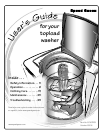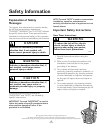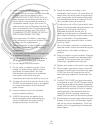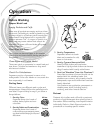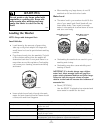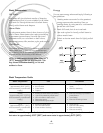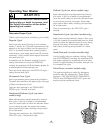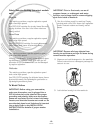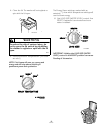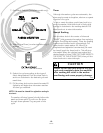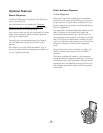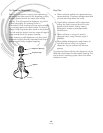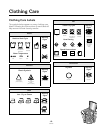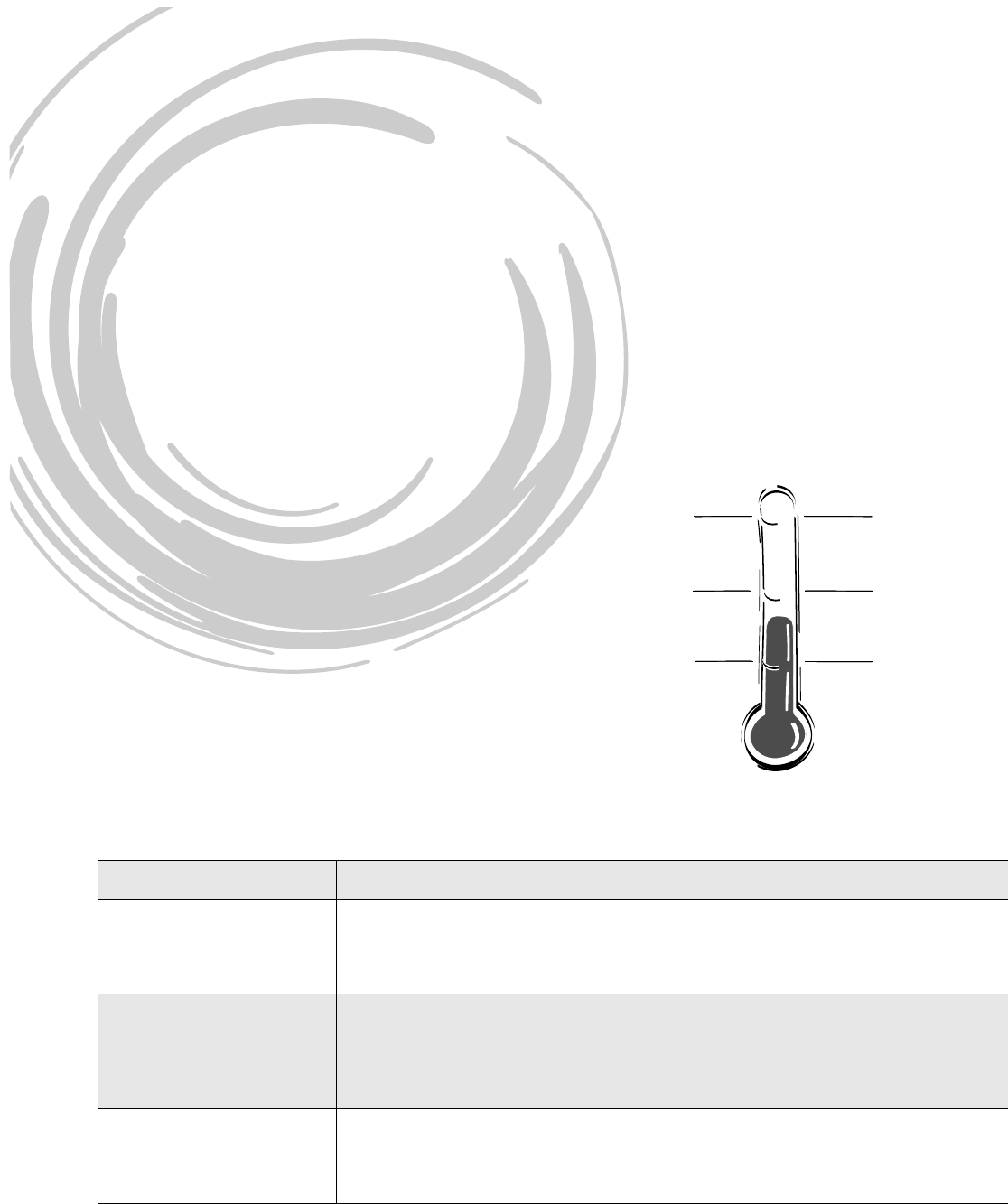
-8-
201472
Wash Temperature
Hot Water
Hot water will give the best results of cleaning
and sanitizing, but it is not suitable for all items.
It is best for sturdy whites and colorfast items,
heavily soiled items and diapers.
Warm Water
By using warm water, there is less chance of color
loss in items. Warm water also reduces wrinkling
in permanent press items. Use with light and
moderate soils, non-colorfast or dark colors,
permanent press, silks, woolens, nylon, and acrylic.
Cold Water
Cold water is less effective in cleaning than hot or
warm water, but it does minimize wrinkling and
color fading. Use it for washing extra-sensitive
clothes and for the rinsing of all fabrics.
NOTE: In wash temperatures colder than 60
o
F
(15
o
C), detergents do not dissolve well. This
may cause ineffective cleaning, or lint and
residue to form.
Energy
You can save energy when washing by following a
few guidelines:
1. Heating water accounts for the greatest
energy expense when washing. Save on
heating water by using warm or cold washes
as well as cold rinses.
2. Wash full loads, but do not overload.
3. Use soak cycles for heavily soiled items to
reduce wash times.
4. Select a shorter wash time for lightly soiled
items.
120
o
F
(49
o
C)
100
o
F
(37
o
C)
60
o
F
(15
o
C)
HOT
WARM
COLD
TLW1994N
Wash Temperature Guide
Water Temperature Use Comments
HOT
(approximately 120°F [49°C],
as determined by outside water
supply)
• Sturdy whites and colorfast items
• Work clothes
• Soiled items
•Diapers
• Best cleaning for heavily soiled
items
• Best for sanitizing
WARM
(approximately 100º F [37°C]),
as determined by outside water
supply)
• Rinsing of some items (OPTIONAL)
• Light and moderately soiled items
• Non-colorfast or dark colors
• Permanent press
• Silks, woolens, nylon, acrylic
• Reduces wrinkling in permanent
press fabrics
•Less fading
• Reduces shrinking in knits
COLD
(approximately 60º F [15°C]),
as determined by outside water
supply)
• Rinsing of most items
• Non-colorfast fabrics
• Extra sensitive clothing
• Saves energy
• Reduces color fading
• Reduces wrinkling
• Reduces shrinking
NOTE: Some models regulate the hot and warm temperatures to save energy costs. In these models,
hot water is approximately 102°F (39°C) and warm water is approximately 80°F (26°C).



